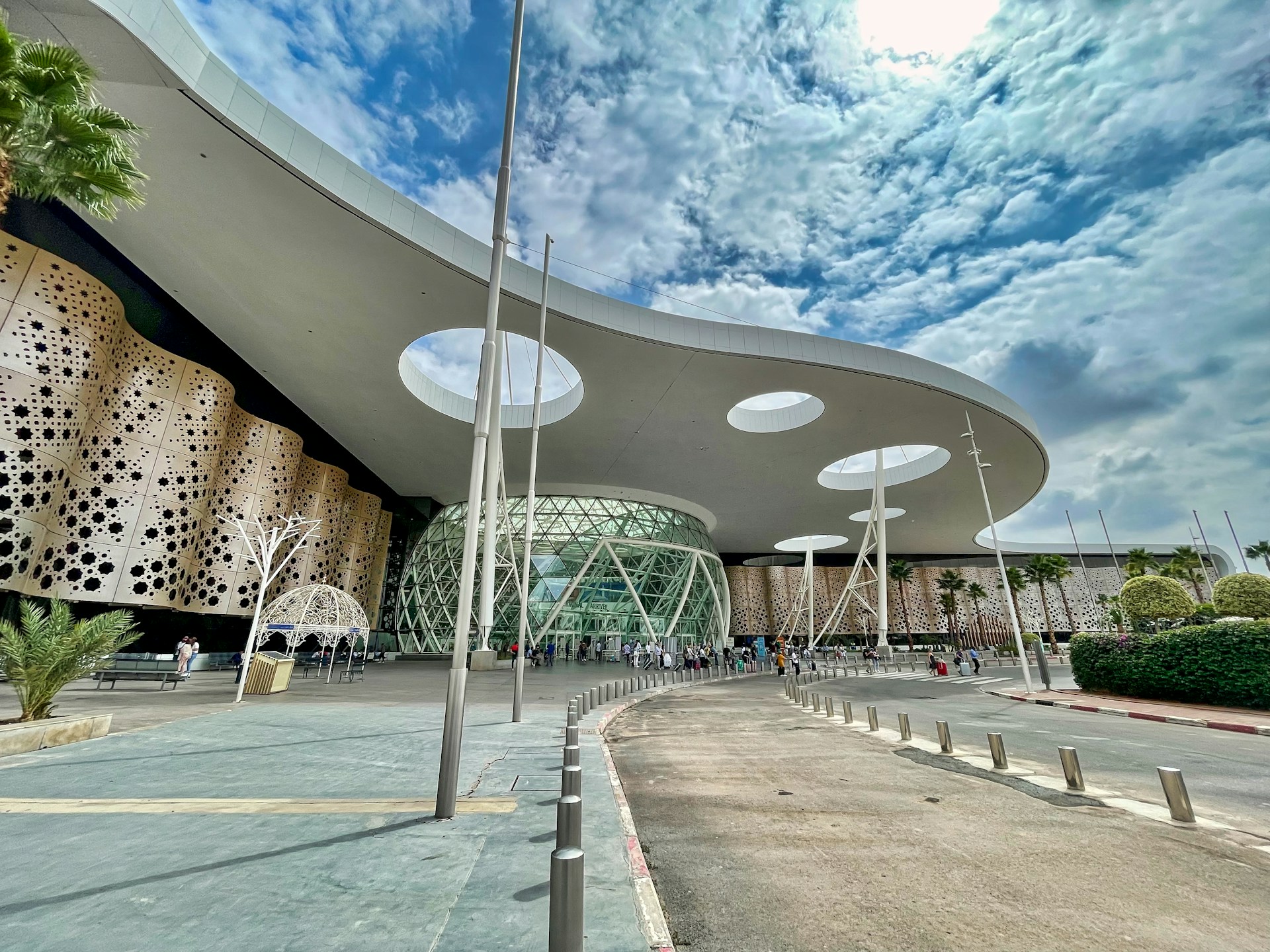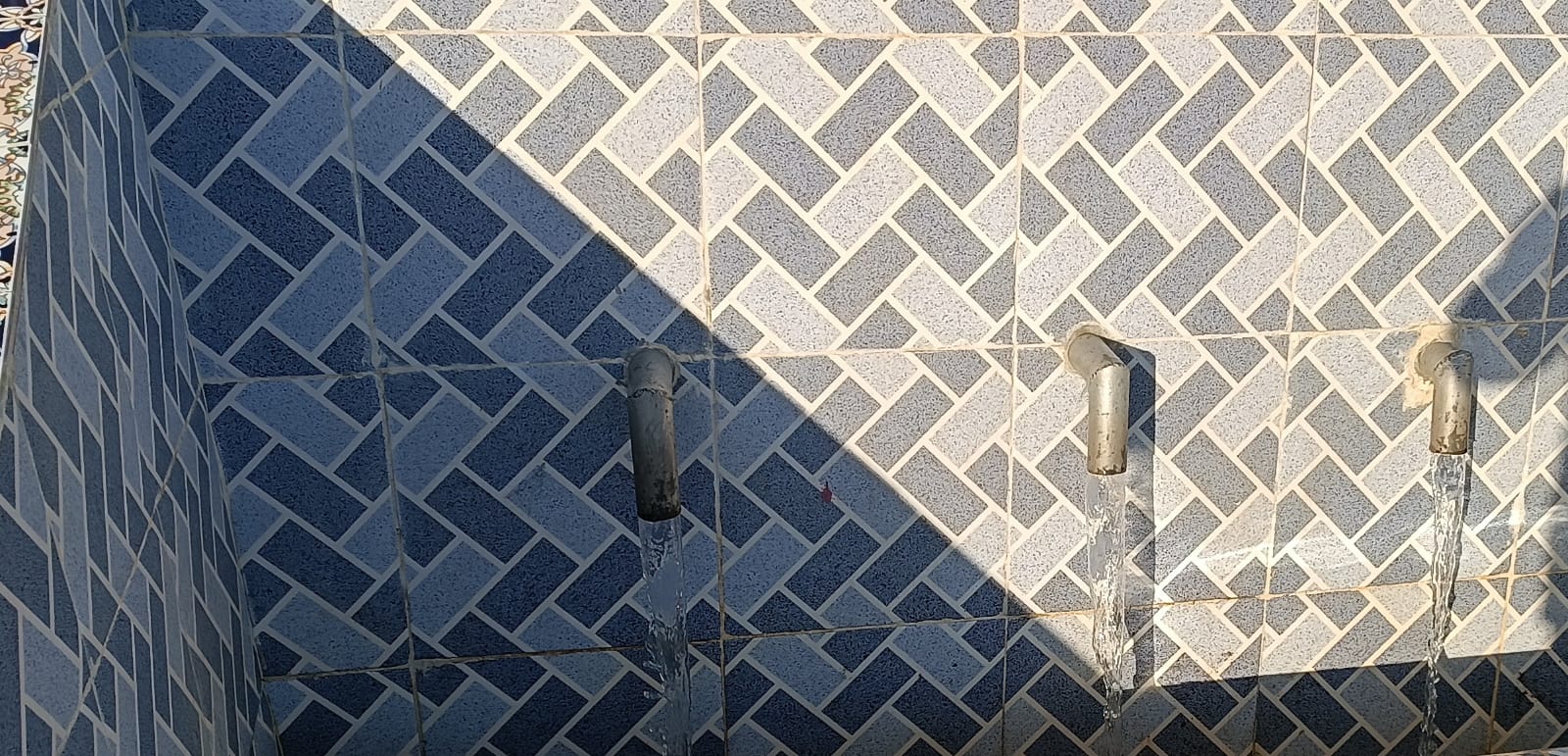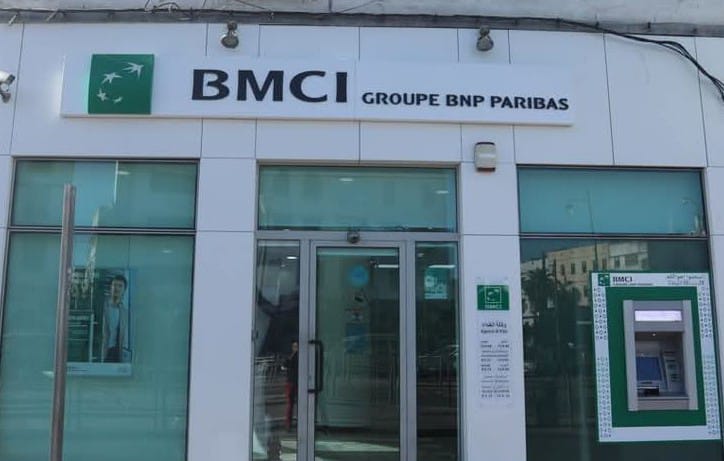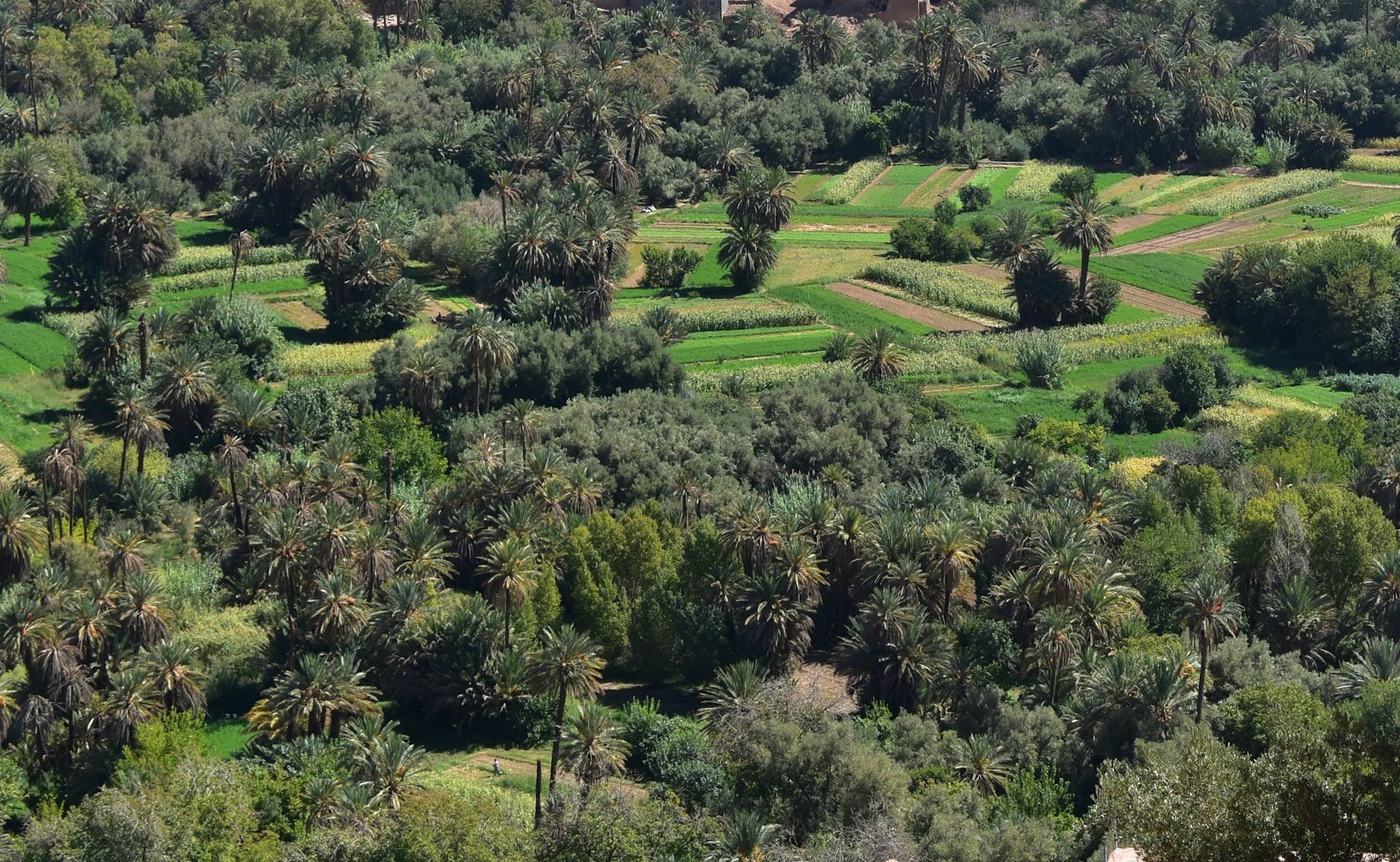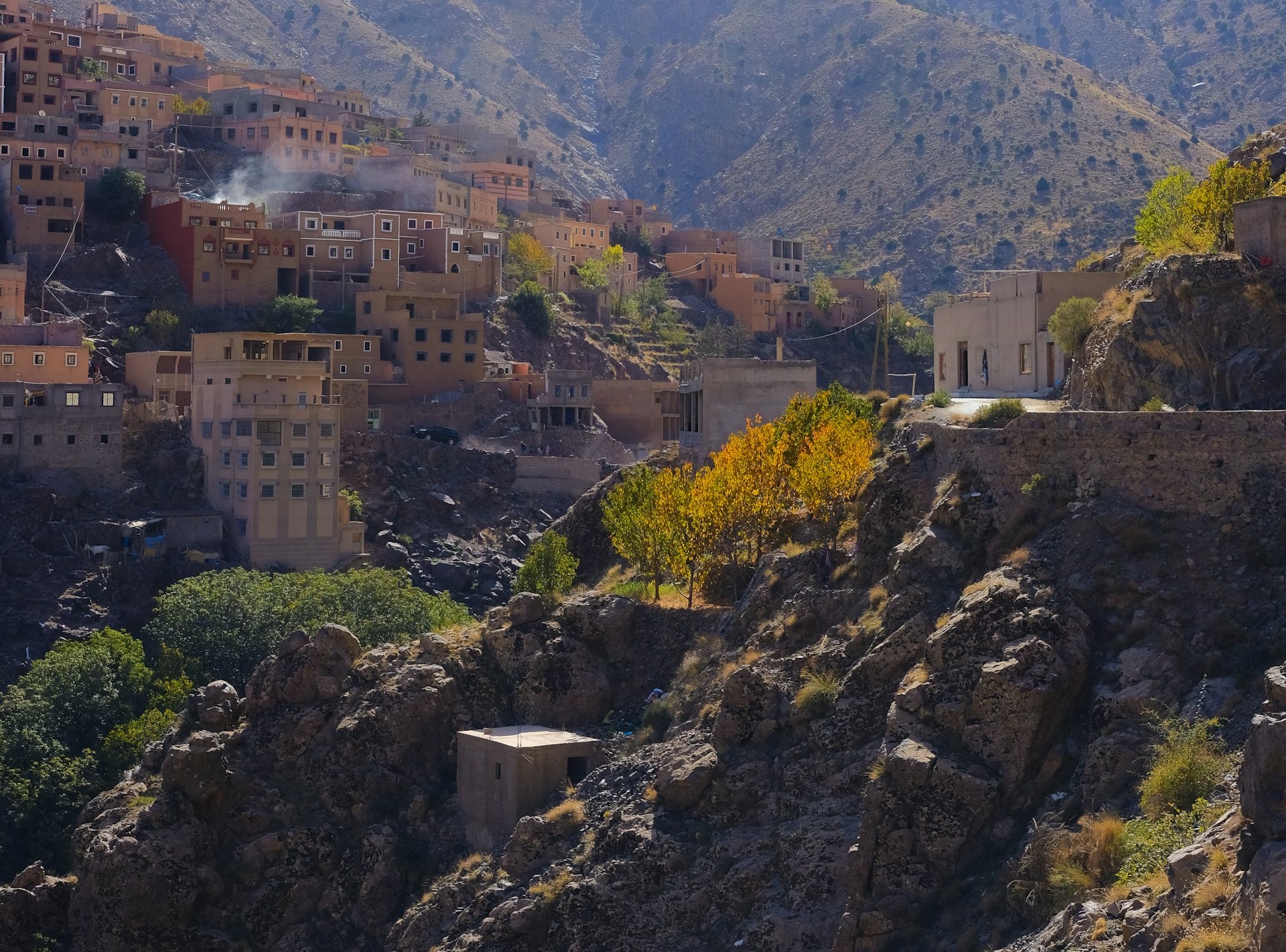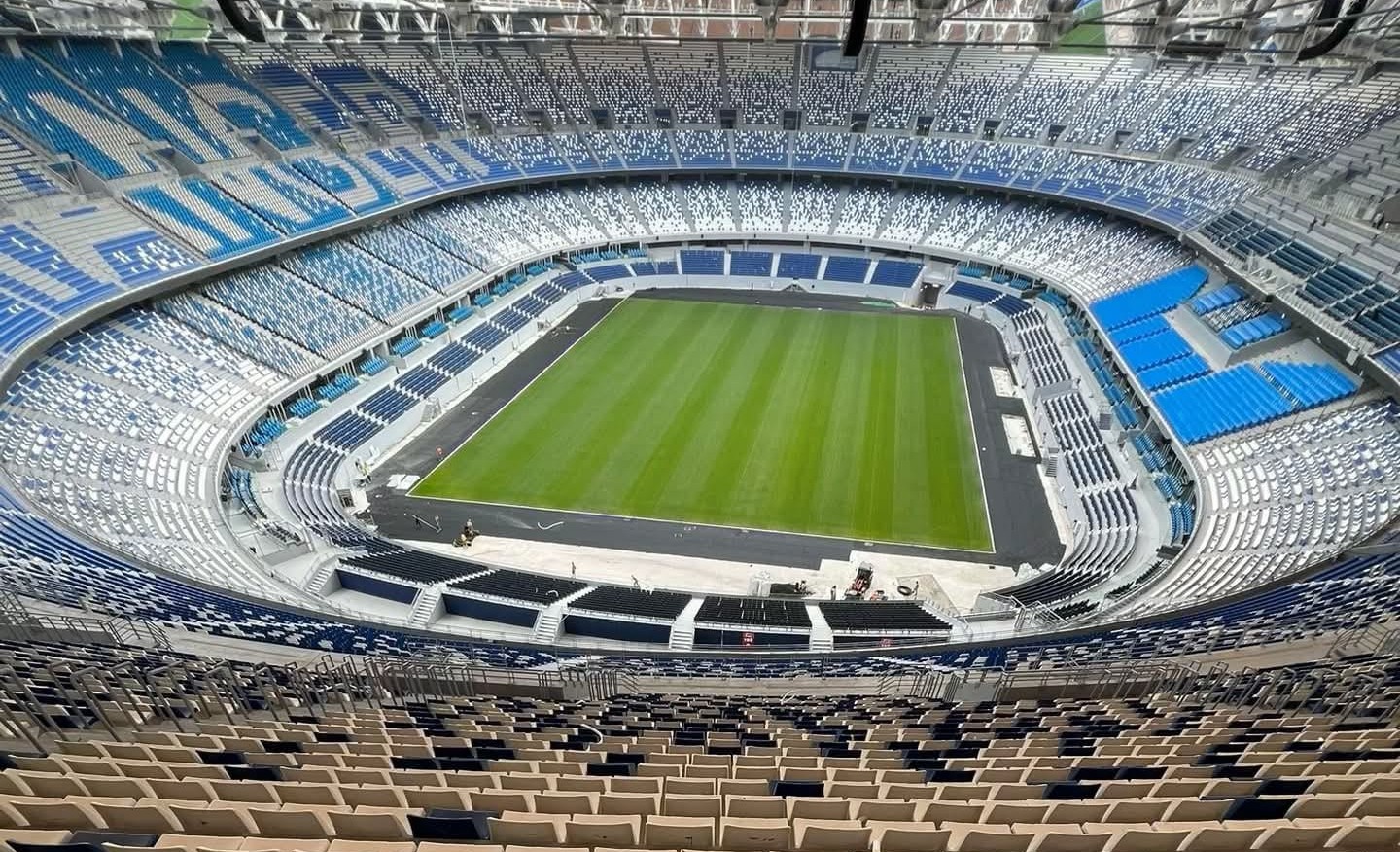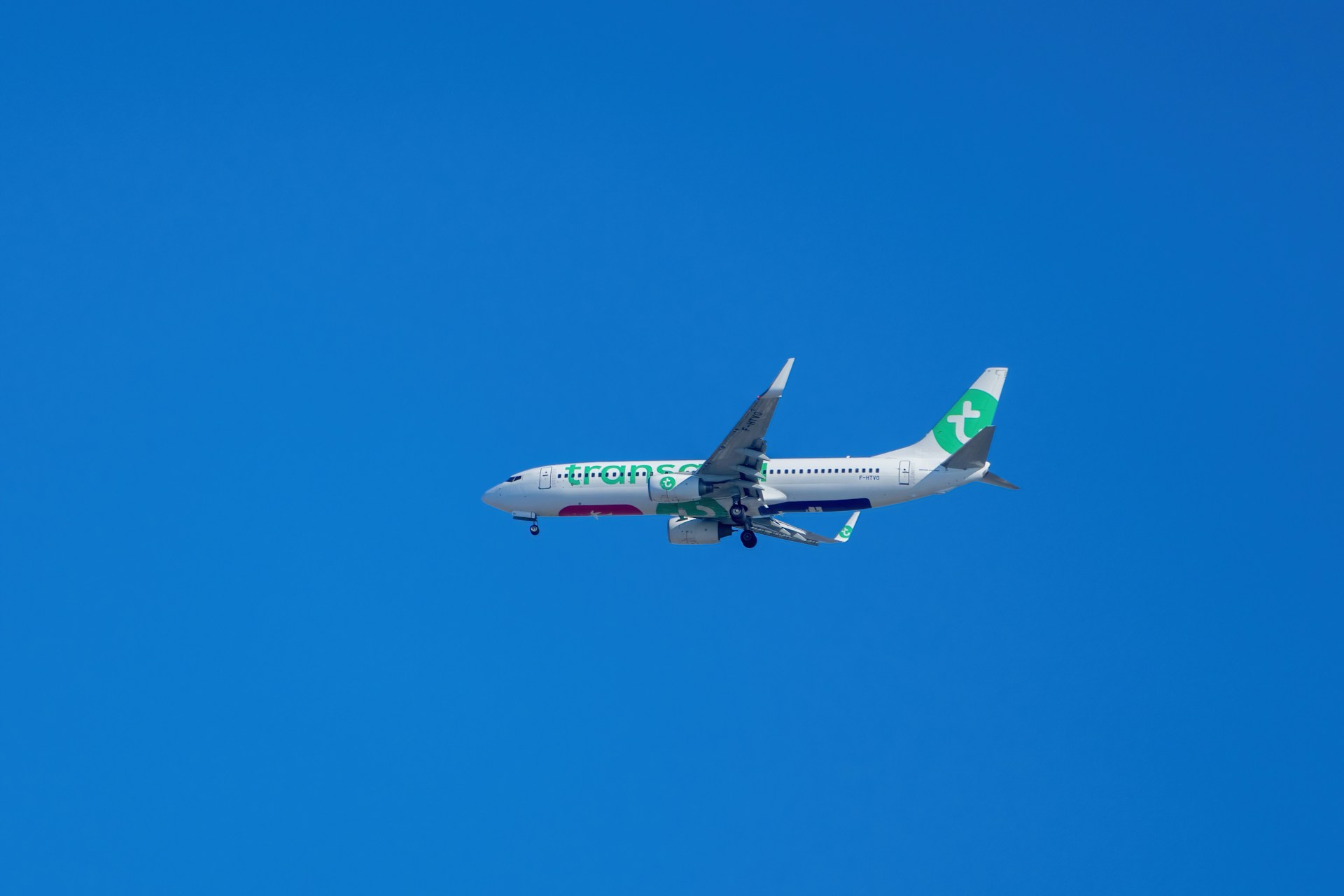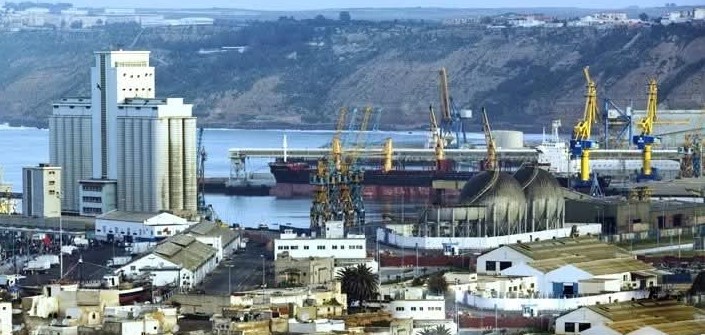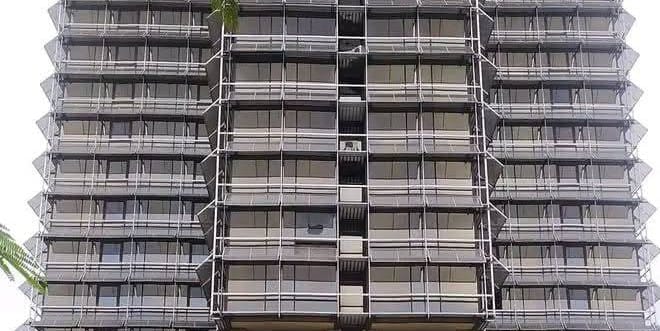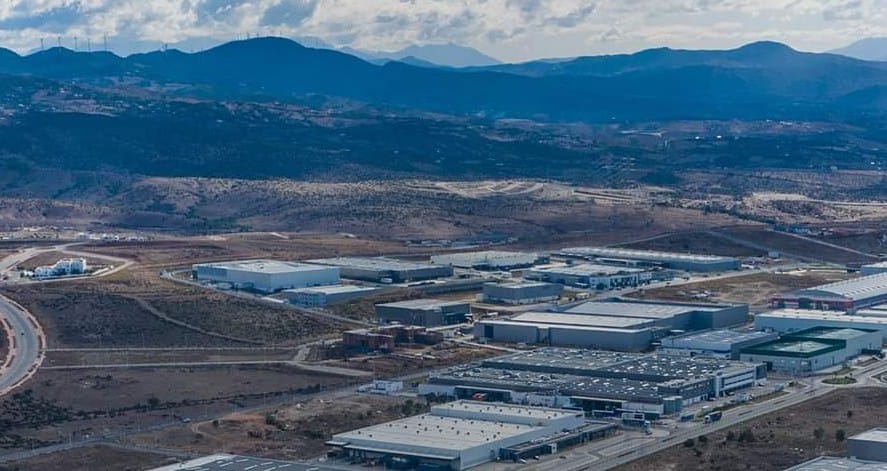Casablanca – The launch of a new direct air route between Amsterdam and Rabat marks a new phase in the expansion of Transavia’s operations in Morocco, reflecting the growing demand for travel between the two countries and the broader dynamism of Morocco’s tourism sector. The Dutch low-cost carrier, part of the Air France–KLM group, inaugurated the service at Amsterdam Schiphol Airport during a ceremony attended by airline executives, Moroccan officials, and representatives from the European travel trade.
Growing demand supports route expansion
The decision to introduce the Amsterdam–Rabat connection comes amid sustained growth in air travel between northern Europe and Morocco. Recent seasons have shown a consistent rise in arrivals from the Netherlands, supported by favorable weather conditions in Morocco during the winter months and an expanding offer of cultural, coastal, and city-break experiences.
Industry reports from Dutch travel associations indicate that Morocco has become increasingly sought after by travelers seeking affordable winter-sun destinations. These trends were reinforced earlier this year when Dutch tourism data placed Morocco among the top preferred destinations at the end of the summer and during early autumn. The airline’s management noted that booking activity toward the kingdom grew notably in recent months, encouraging further network expansion.
Transavia’s strategic development in Morocco
For Transavia, the opening of the new route aligns with a broader strategy to consolidate its position in southern markets, particularly in Morocco, where it already operates to several major and regional cities. The airline currently connects Dutch and Belgian airports to nine Moroccan destinations, including Agadir, Marrakesh, Casablanca, Fez, Tangier, Nador, Oujda, Al Hoceima, and now Rabat.
These connections have played a role in strengthening tourism flows and supporting the travel needs of the Moroccan diaspora in Europe. During the current winter season, Transavia plans to operate approximately 55 weekly flights between Morocco and airports in the Netherlands and Belgium, nearly double the number offered in 2023. This expansion mirrors the company’s assessment of Morocco as a stable, high-potential market with diversified travel demand.
The airline’s fleet modernization program has also contributed to this development. Transavia has recently introduced Airbus A321neo aircraft, which offer improved fuel efficiency, reduced noise levels, and higher seating capacity. According to the carrier’s management, these new aircraft help absorb seasonal peaks in demand while reducing operating costs and environmental impact—two priorities in the company’s long-term strategy.
Rabat’s growing role as a tourism and business destination
Rabat’s inclusion in Transavia’s network reflects the Moroccan capital’s rising profile as both a business hub and a cultural destination. Over the past decade, Rabat has positioned itself as a modern administrative center with an expanding hospitality sector, improved infrastructure, and a growing number of international events. The city’s combination of heritage sites, museums, and coastal amenities has contributed to a steady rise in visitor interest.
The new route will operate three times a week, offering greater flexibility for both leisure travelers and professionals. For coastal and cultural tourism, Rabat is viewed as a gateway to the wider Rabat–Salé–Kenitra region, known for its urban development projects and rising attractiveness to international visitors.
Reinforcing bilateral ties and tourism cooperation
Officials present at the launch emphasized that the new service carries broader diplomatic and economic significance. The flight inaugurates an additional air bridge between the Netherlands and Morocco, reinforcing long-standing ties in trade, tourism, and cultural exchange. Cooperation between national tourism authorities and European carriers has intensified in recent years, with joint promotional campaigns targeting European markets, including the Netherlands.
Within this context, Transavia has maintained close relations with the Moroccan National Tourism Office, participating in initiatives to promote a more diverse image of Morocco across European markets. The presence of 200 representatives from Dutch and international tourism groups on the inaugural flight—travelling to attend the annual congress of the Dutch Association of Travel Agencies—underscored the extent of professional engagement between the two sides.
Transavia’s profile and market position
Founded in 1965, Transavia is one of the oldest and most established low-cost carriers in Europe. Known for its focus on leisure travel, the airline operates from hubs in Amsterdam, Rotterdam, Eindhoven, and Paris-Orly. As a subsidiary of Air France–KLM, Transavia benefits from access to group resources while maintaining a flexible, low-cost business model designed to serve high-volume holiday routes and short-to-medium-haul markets.
The carrier transports millions of passengers annually to destinations across Europe, North Africa, and the Middle East, maintaining a competitive position in the low-cost segment. In recent years, it has increased its emphasis on fleet modernization, sustainability commitments, and expansion into markets experiencing strong leisure-travel recovery—among them Morocco.
Outlook for the new route
Observers expect the Amsterdam–Rabat service to perform positively during the winter months, supported by demand for city breaks, family visits, and cultural tourism. As airlines continue to rebuild and adjust their networks following shifts in travel behavior, Morocco remains one of the most dynamic markets in the region, offering opportunities for both legacy and low-cost carriers.
With this new connection, Transavia strengthens its footprint in Morocco and responds to evolving passenger expectations. The route not only expands travel options but also illustrates the deepening of economic and tourism cooperation between Morocco and the Netherlands, contributing to the broader growth of mobility and international exchanges between the two countries.
